Winter Camouflage – Phantomleaf WASP II Z3B
Introduction
Continuing the winter camouflage series, I will be focusing on Phantomleaf WASP II Z3B today. As I had the opportunity to try out several different winter camouflage patterns, this one stands out because of its intent to work in a specific area and not by just using a plain white backdrop with minimal pattern colors.
With that being said, let’s jump right into the presentation of the pattern itself, before looking at its performance in the field.
Phantomleaf WASP II Z3B
I have already introduced several Phantomleaf WASP II patterns on this blog, if you are interested you can find them here.
The WASP II Z3B coloration is designed to work “in regions with natural cover and intermittent snow cover”. This means high vegetation, broken snow surfaces and not the complete white-out of the Arctic or plains. Given its pattern elements and Phantomleaf’s concept of disruption, this pattern will also work in urban winter environments as well as alpine settings with partial snow cover.
I am stressing this point as there will always be those who do not take the time to look into the concept of a camouflage and therefore brush things off as being not viable.
So let’s continue with the methodic remarks, which you can skip if you are a returning reader.
Methodic Remarks
As always I want to point out several important aspects beforehand. First of all, I do not claim any scientific standard with my camouflage comparisons. I also conduct them with my best knowledge and the available resources.
In this case I was using the Phantomleaf Python Poncho G1, Spats, Balaclava and Gauntlets in WASP II Z3B.
The pictures are usually taken at the same locations I always use for my camouflage comparisons. That way you can compare the various field tests I have done so far with each other. Recently my main spot was completely lost to deforestation, so I had to add a new location.
Before I start, please consider the following – as always:
I did not edit the pictures in any special way, except the following:
- Lens correction
- Watermark
- Blurred my face out if necessary
- .jpeg compression to make it web compliant
- I always do a proper white balance to make colors appear the way they are.
A short explanation to the environment and the procedure:
The pattern was tested in a Central European forest environment. Information about the various locations will be stated in the subsections. The pictures usually portray three different positions:
- Standing in the open (to get an idea of the pattern in this particular surroundings and if the colors match it).
- Kneeling.
- The prone position (to mimic basic, up to ideal concealment without using enhancements).
As always I photographed the pattern with a wide angle lens at first and then with 35mm focal length, which mimics the actual picture the human eye would perceive at this distance. Having in mind the three different positions mentioned before, I usually end up with 6 pictures of each location.
Furthermore:
Given the amount of pictures in my field tests, I will continue with my modus operandi from previous camo reviews and not describe or comment on each picture. Instead I will give a more thorough analysis at the end of each subsection.
With that being said, let’s take a closer look at the pictures themselves.
Phantomleaf WASP II Z3B
Location 1
As mentioned in the previous winter camouflage field test, my main location was cut down on a large basis. The replacement site is right next to Location 2 in a different direction. It is a typical European mixed forest with a high foliage canopy and some basic bushes, ferns and little trees on the ground.
Now in winter time this location was covered in a barely interrupted snow surface, resulting in a dominant white environment, with tree trunks and cut branches contrasting the picture.
The pictures were taken before noon under a clouded sky.
The camera is standing roughly 20 away from the human silhouette.
Observations – Location 1
The wide angle lens gives a first impression on why Phantomleaf WASP II Z3B is designed for interrupted snow areas. With the branches being visible in the background the silhouette of the standing figure is being effectively disrupted, as the large macro element cuts through diagonally. One gets the idea of the location because of the legs, but other than that the pattern not only blends into the surrounding environment, but also disrupts.
When kneeling down the effect is being maximized and since in this case a poncho is being used, it is even more apparent how good the camouflage is. Even though the person appears to be darker because of the angle of light, it is similar to other spots in the immediate vicinity. When lying down the user blends into the surroundings.
Looking at the pictures with 35mm focal length the previous statements become more apparent. The picture in the standing position is a good example on how the WASP II Z3B pattern is effectively disrupting the silhouette. The two legs are not as much of an issue in this case, as the poncho brings in an asymmetrical element. Especially in the hip area, the pattern and its coloration seemingly melt into the background.
This becomes even more so when kneeling down. The disruptive macro elements are literally working their magic in this particular setting and the figure is so abstract that it doesn’t appear to be human.
In the prone position the organic elements do their job once more, in combination with the coloration of Z3B.
Location 2
This location is already known from previous tests. It is a mixture of deciduous and coniferous forest. It changed a bit as there is now a huge pile of cut branches on one side. Since most of the leaves fell off during autumn you can see further back into the distance. At the same time the snow covered surroundings provide a very monotone look that is only disrupted by the dark tree trunks.
The pictures were taken before noon under a clouded sky and the camera is standing roughly 15m away from the human silhouette.
Observations – Location 2
As seen in location 1, even when standing, the disruptive macro elements of Phantomleaf WASP II Z3B are completely breaking the silhouette apart. The Python Poncho G1 is masking the user effectively. The micro, midi and macro elements are at work and the colors do the rest to blend in.
Kneeling down provides once more a stronger effect. The macro elements stand in strong contrast to other white elements and therefore disrupt in an asymmetrical way. The prone is more visible in this case, as it is right in the middle of a white spot. However, the abstract shapes and the coloration fit right in the whole environment. It is also a good point why WASP II Z3B is designed for “intermittent snow cover”.
When looking more closely at 35mm focal length, the complex pattern elements of Phantomleaf WASP II Z3B become apparent. Be it either the brown micro elements and net like structures, the bigger midi elements, or the high contrasting macro elements, Z3B is working through blending and disrupting.
In the kneeling position, the Python Poncho G1 in WASP II Z3B is providing a complete silhouette disruption, as there are no visible limbs or other human features visible. This in combination with the pattern make for an effective camouflage effect.
When it comes to the prone, the above mentioned statements apply.
Location 3
This site is known from my “Eyes in the Sky” drone field tests. It is an open field in a mixed forest, with random conifers, some deciduous trees as well as high grass. I changed the perspective here, since the vegetation started to obstruct the field of view.
The location is heavily covered with snow and the growing brush is creating a chaotic field, mixed with monotone whites and a wide range of disrupting dark areas of branches and evergreen trees. These pictures were taken in the late afternoon under a cloudless sky.
The camera is standing roughly 25m away from the human silhouette.
Observations – Location 3
Location 3 is the best example for the environment Phantomleaf WASP II Z3B was designed for.
Looking at the wide angle lens picture with the user standing, it is fascinating to see how the person is basically invisible or let’s say see through. The disruption done by the high contrast macro elements, in combination with the coloration, make for a perfect concealment in the open. The pattern shapes resemble the chaotic surroundings with the broken snow surface.
The kneeling position adds the advantage of a lowered position to the mix. The prone is just as good as the kneeling position, but in this case a bit less effective, as it is in the middle of the white snow surface. However, this is only apparent if you know where to look.
The 35mm focal length once more provides a closer look. In the standing position the micro, midi as well as macro elements and their interaction come into play. Especially when looking at the upper right side of the silhouette, the disruptive effect becomes clear. In the kneeling position the pattern elements are evenly distributed and while the whole surface might appear a bit darker, it still disrupts and blends in nicely.
In the prone, one might mistake the user either with a rock or a mossy tree trunk. As already mentioned more than enough – Phantomleaf WASP II Z3B shines in this environment.
Conclusion
Winter environments are not only made of wide snow plains and arctic circles – especially in Europe or other parts of the world you will find plenty of forest, urban areas or alpine settings with lots of vegetation, broken snow surfaces and strong contrasts. These are also the situations in which a plain overwhite might actually shine out more than actually conceal.
In these settings Phantomleaf WASP II Z3B is covering an important niche. Providing a mix of disruptive elements as well as the necessary coloration to blend into a snow environment. Especially when used as a poncho, in this case the Python Poncho G1, concealment becomes more than easy as the human silhouette is barely visible.
With that being said, thank you for reading! Thanks to Phantomleaf for making this field test possible!
Take care!
If you want to support the blog, please consider donating a slice of Pizza, coffee, or a shot of Lagavulin.

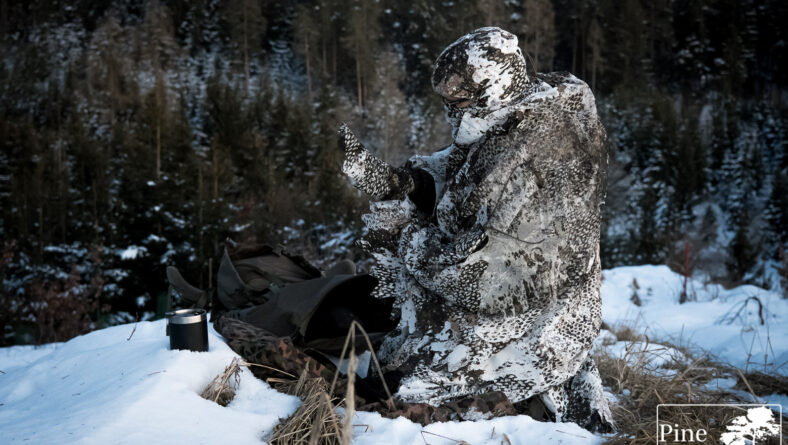
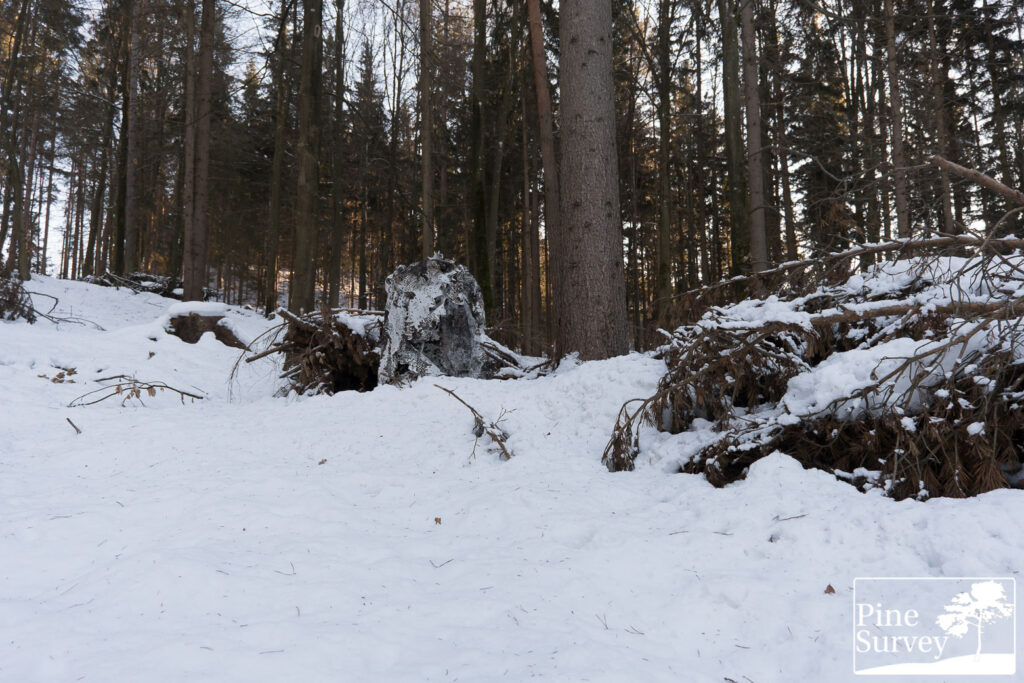
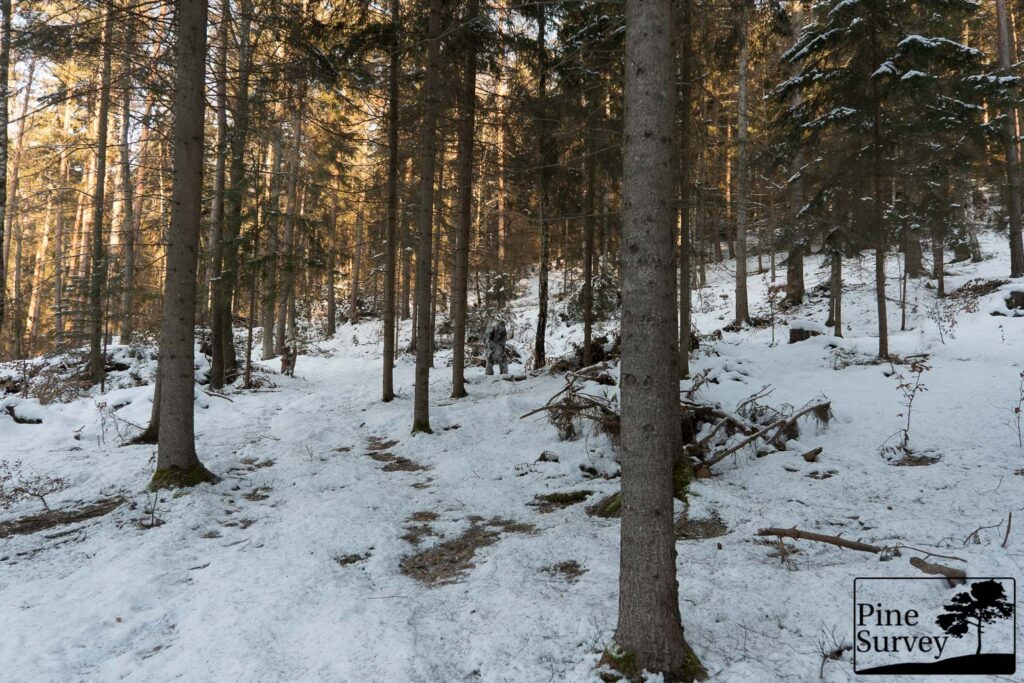
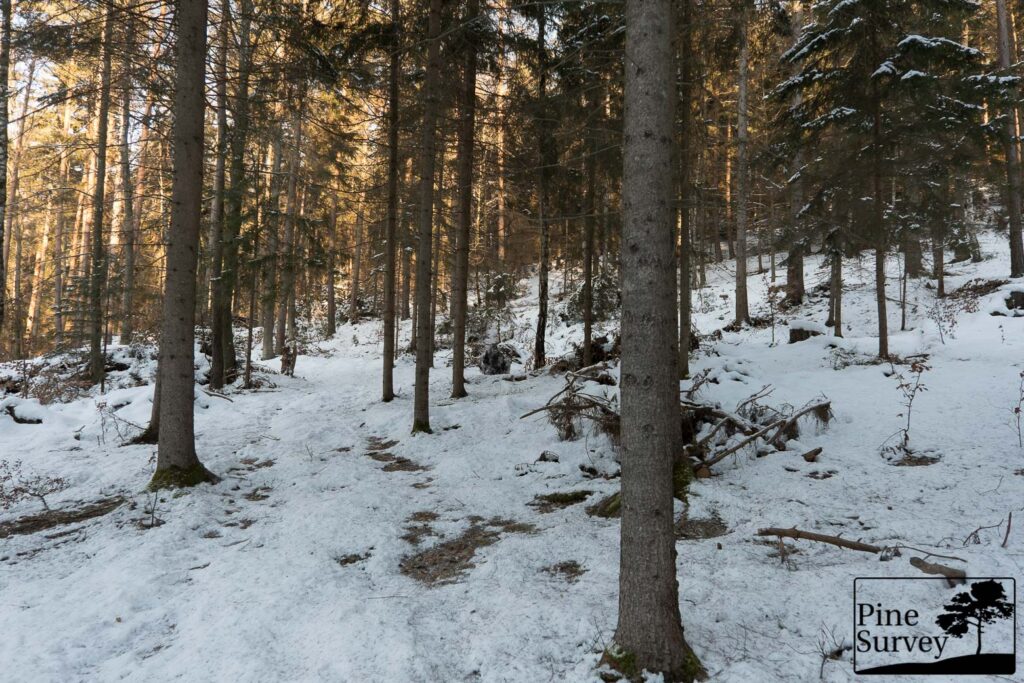
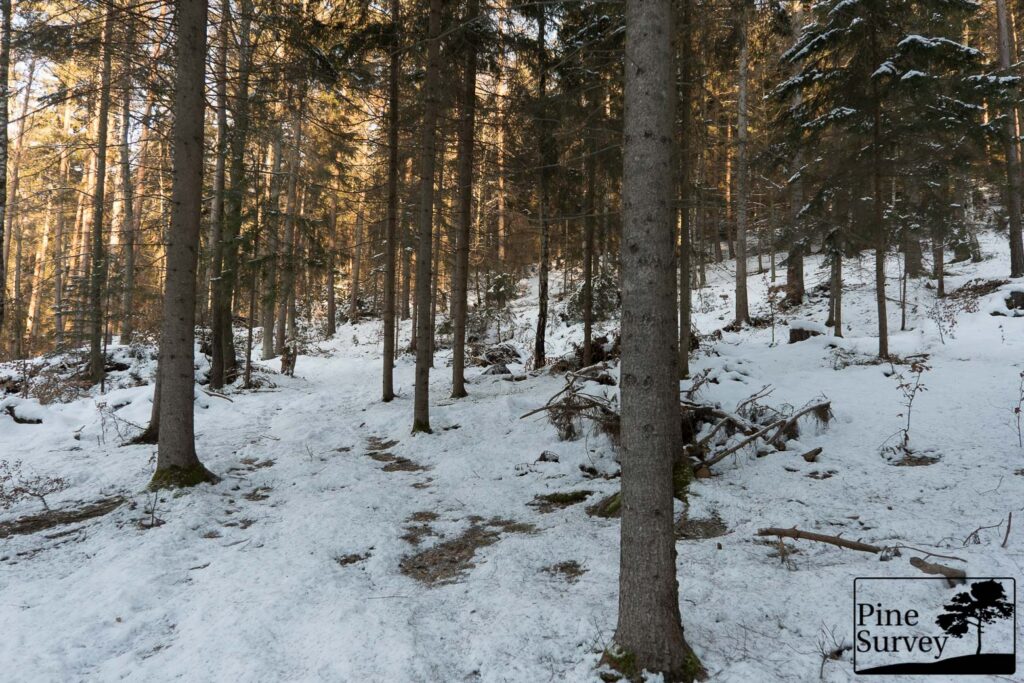

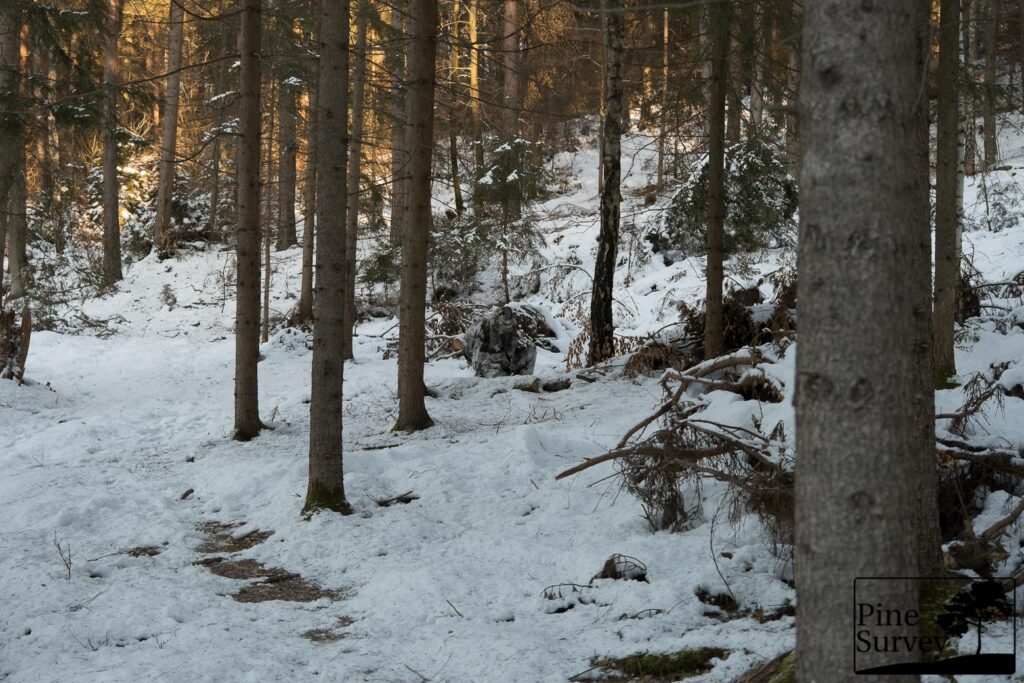
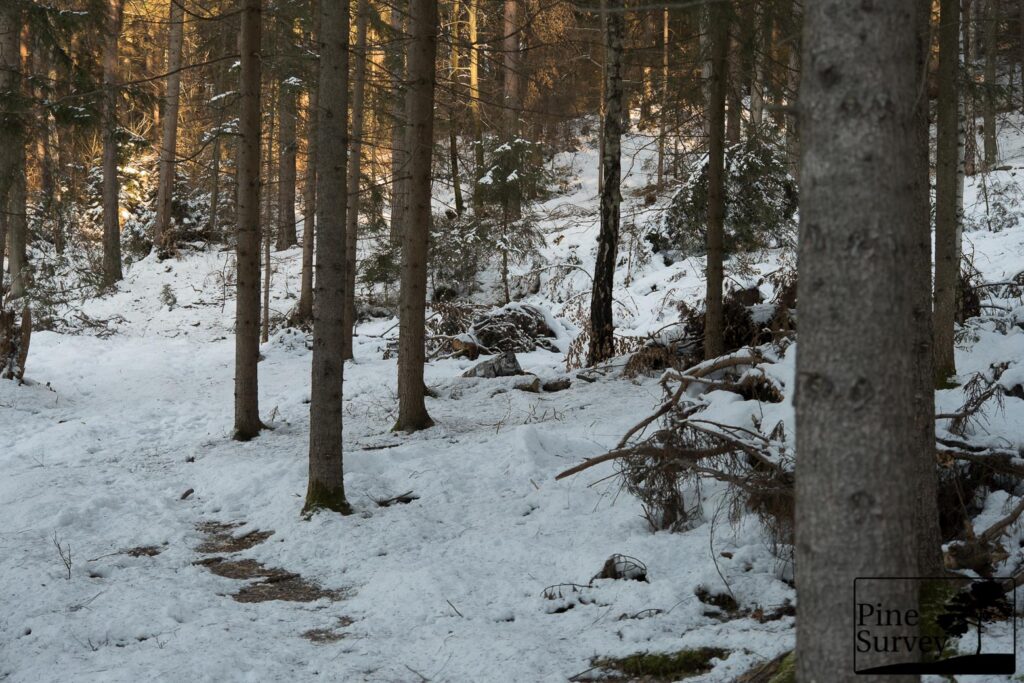

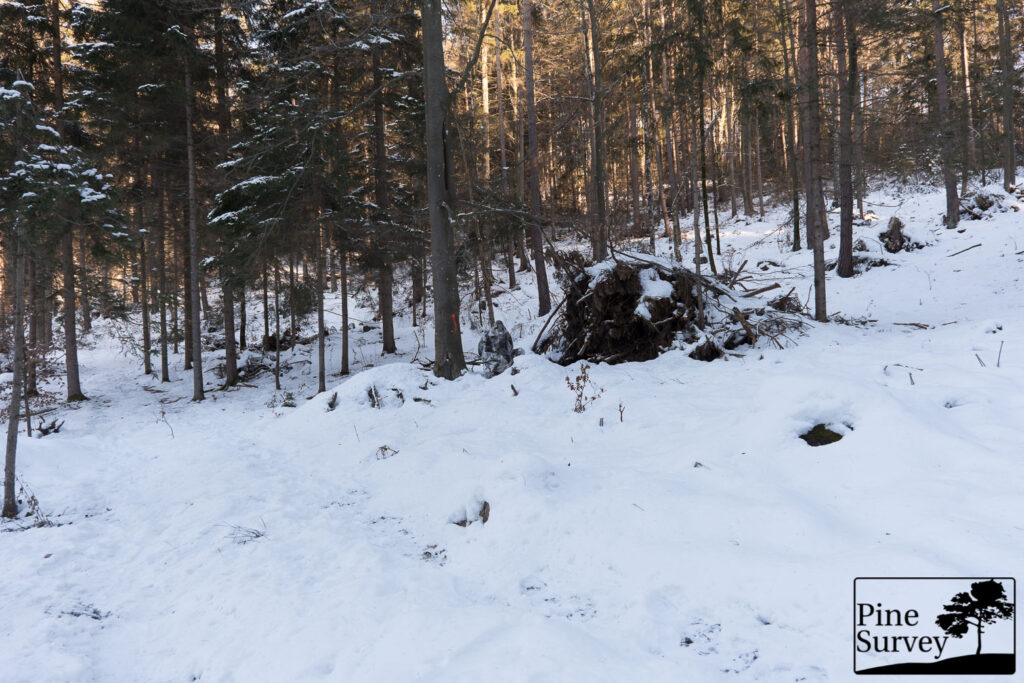
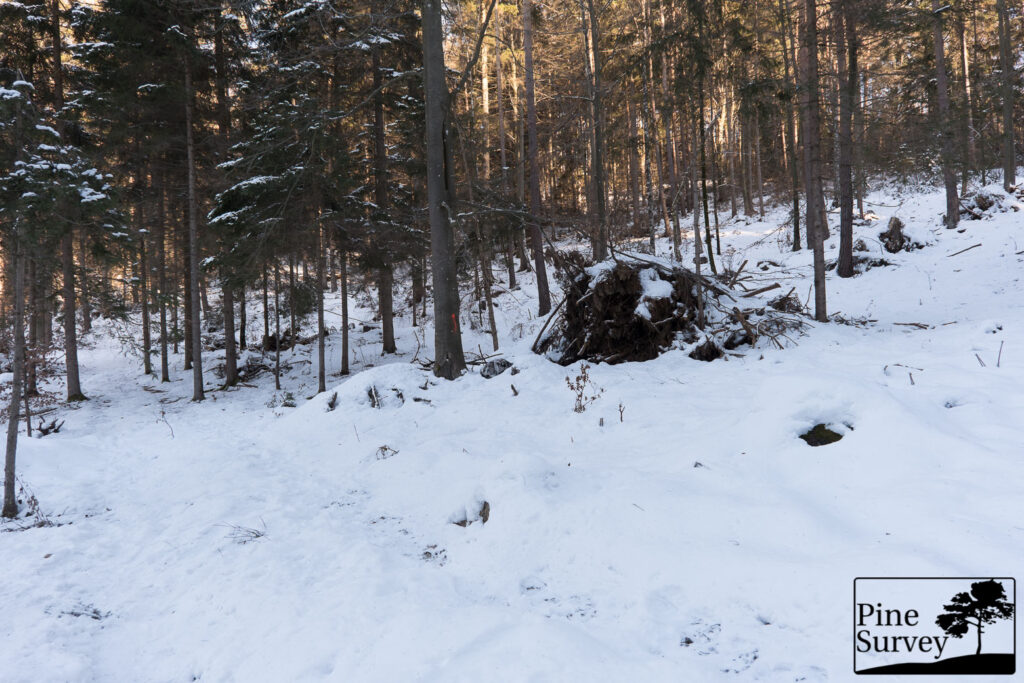
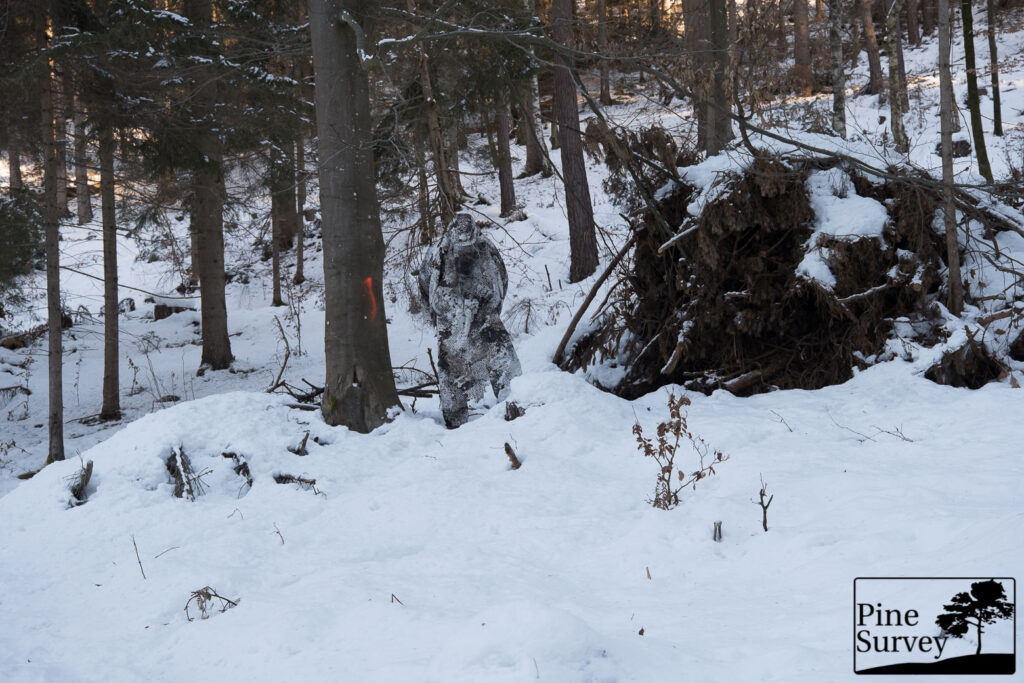
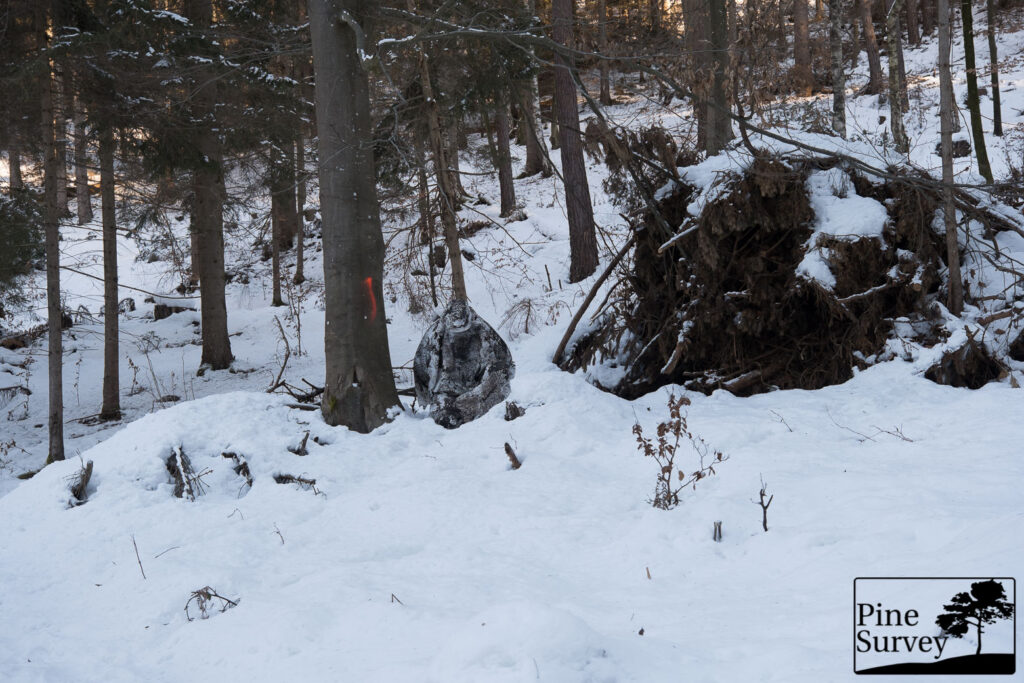
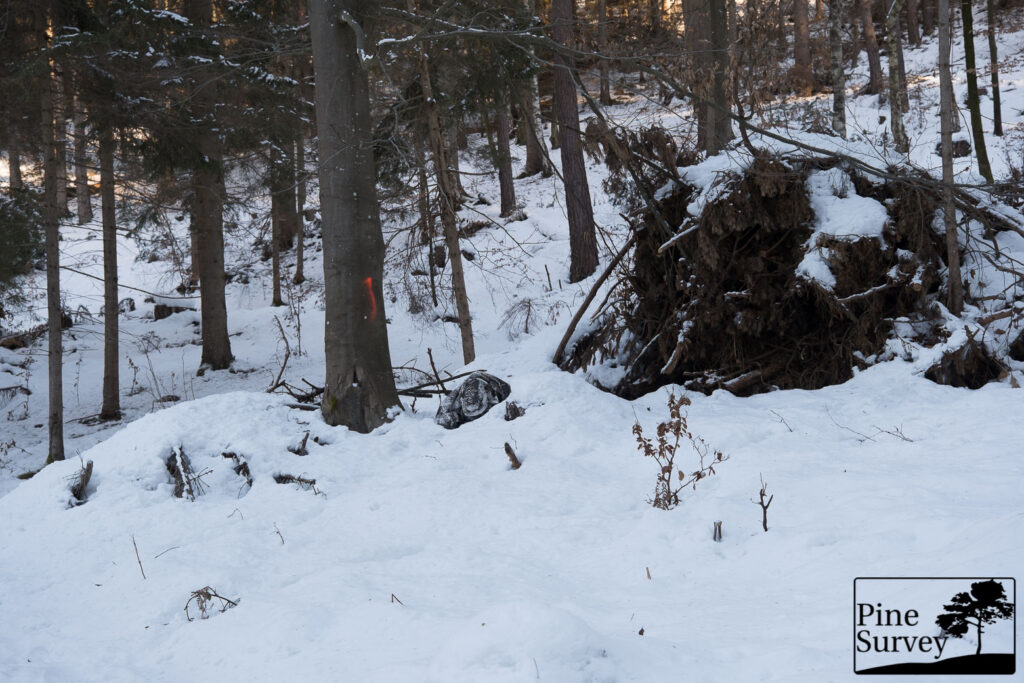
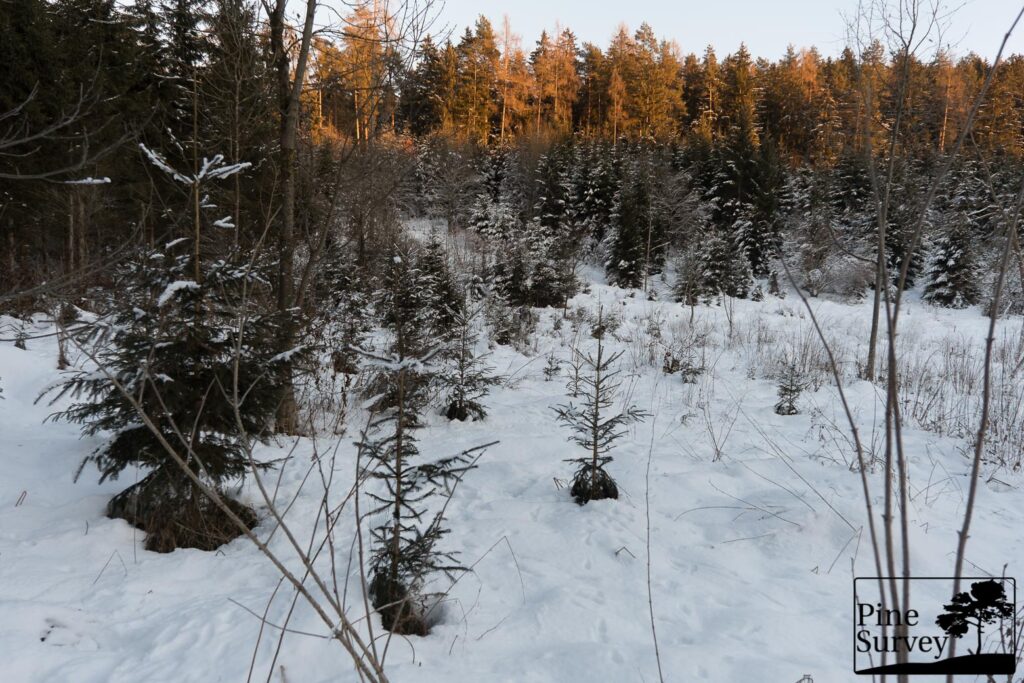
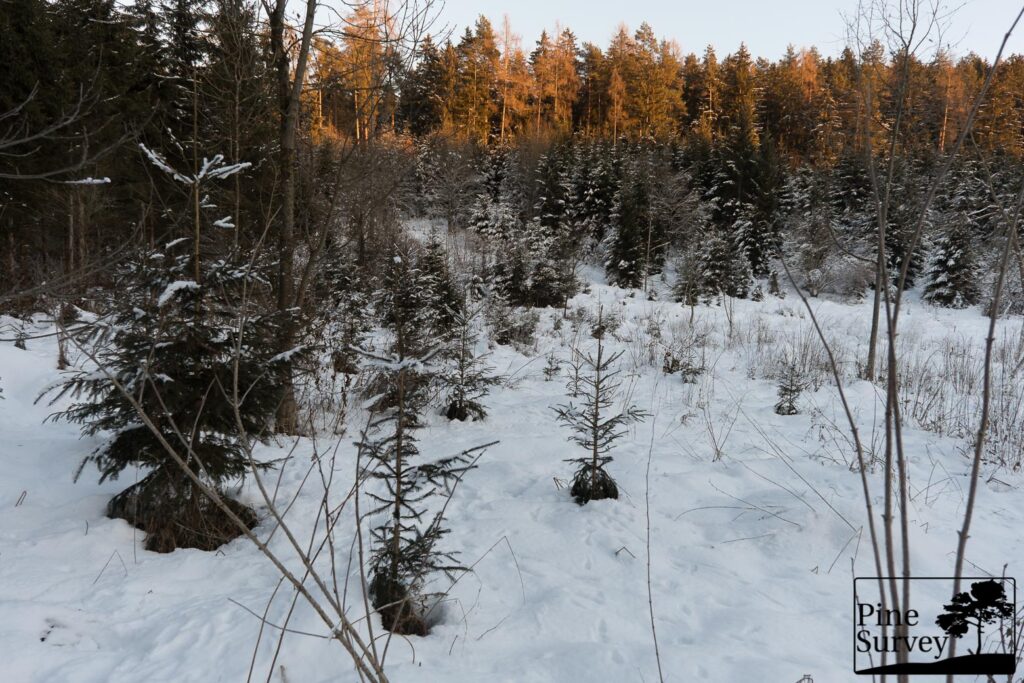
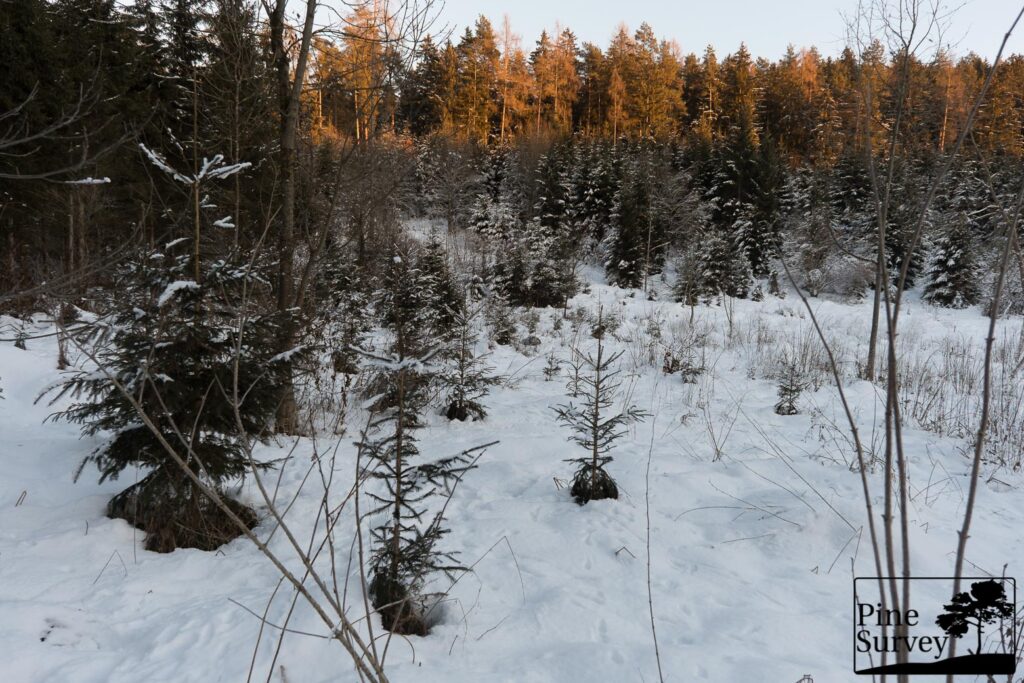
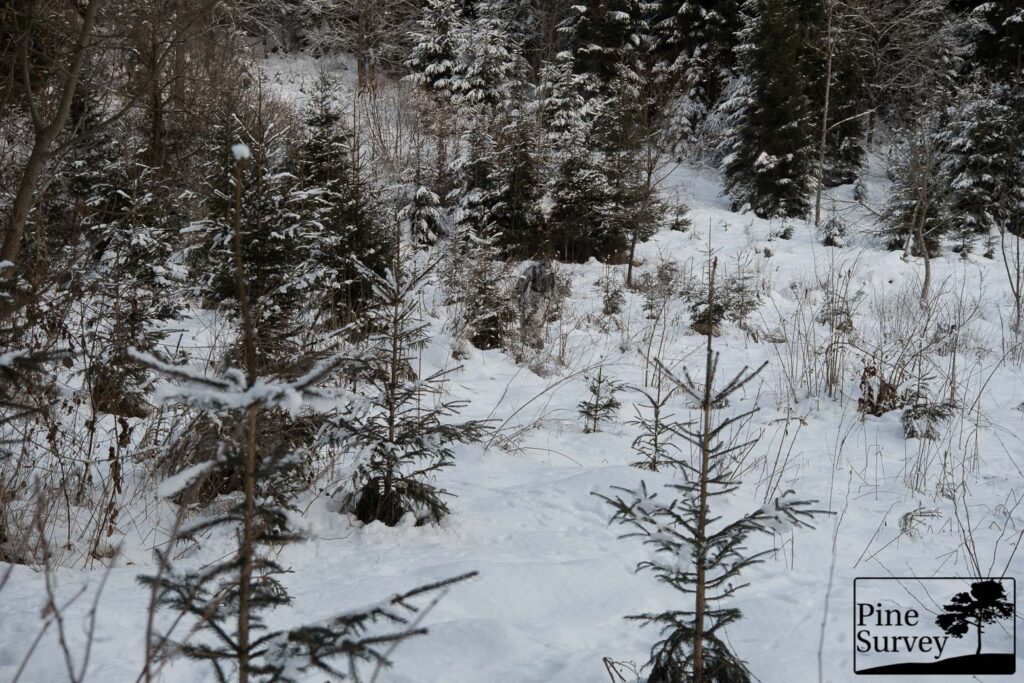
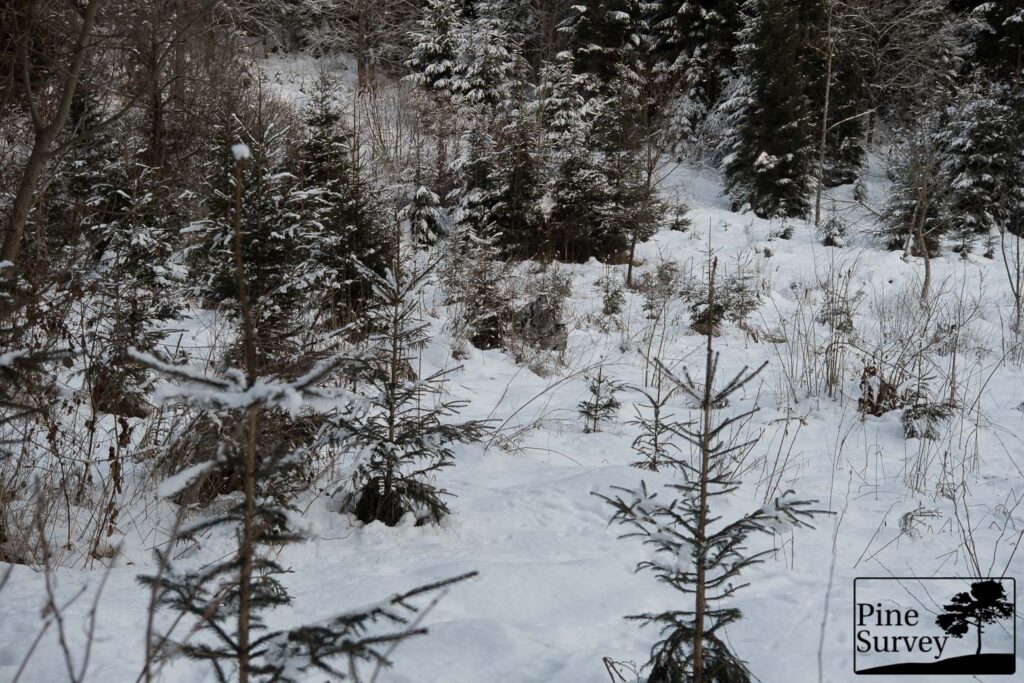
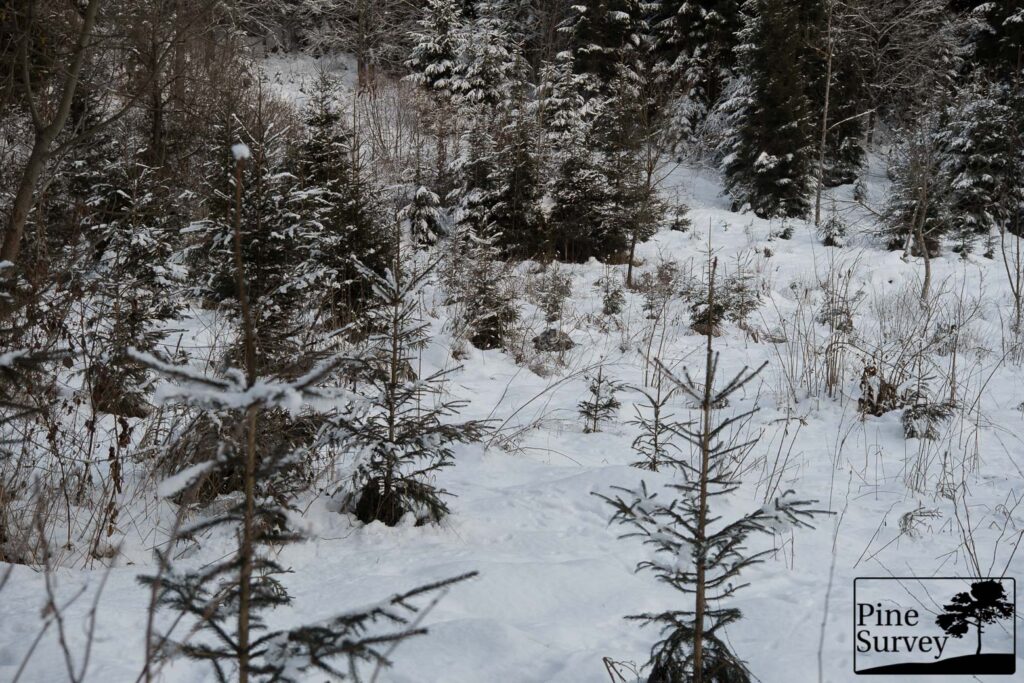
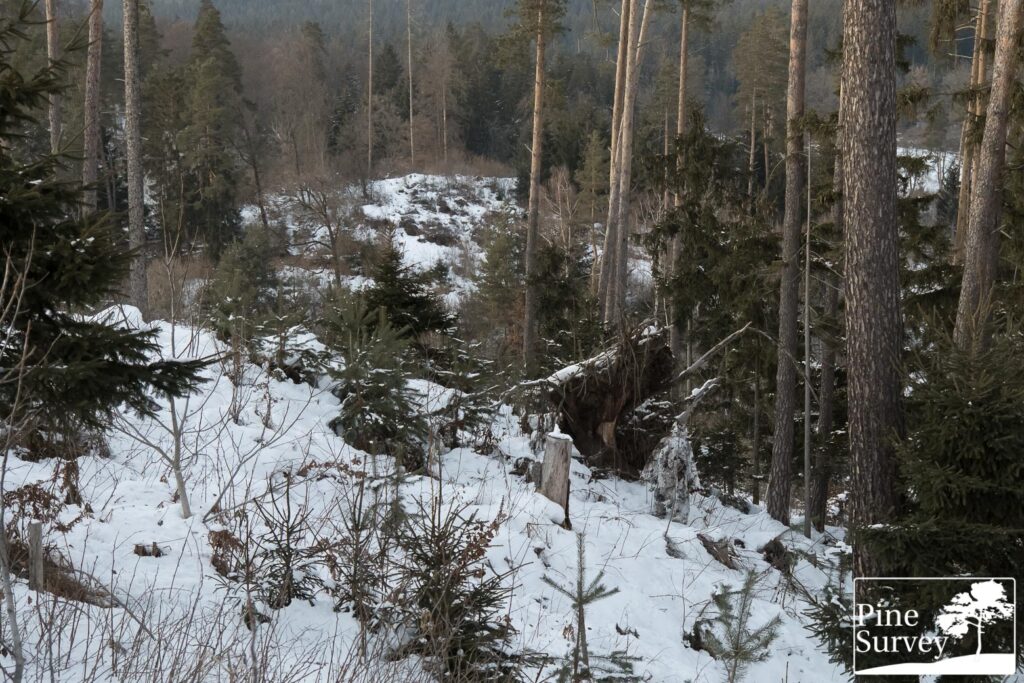
No Comment
You can post first response comment.